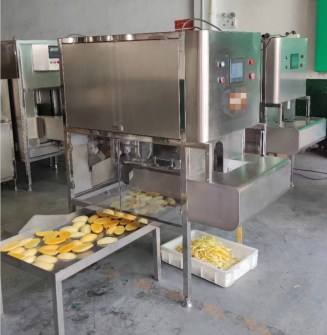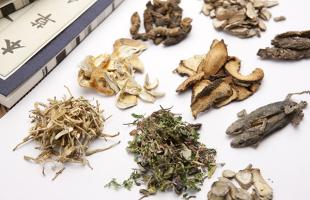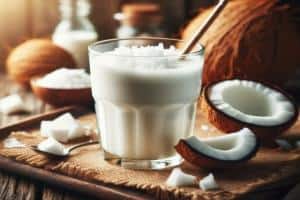Fruit leather, also known as fruit roll-ups, a delicious and healthy snack, has been gaining popularity in recent years. It is made by blending pureed fruits and spreading them thinly on a sheet or tray, ultimately dehydrating the fruit puree to create a chewy, leathery texture. The process of making fruit leather preserves the vibrant flavors and essential nutrients of the fruits. Today, we will talk about difference between making fruit leather in a dehydrator VS oven. How to make fruit leather in a dehydrator? what fruits can be made into fruit leather?
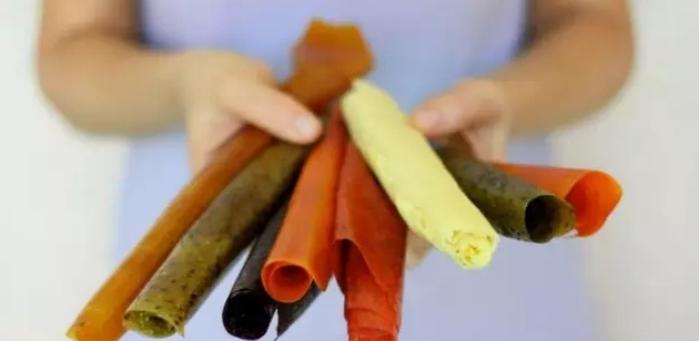
making fruit leather in dehydrator VS oven
Table of Contents
Making fruit leather in dehydrator VS oven
When it comes to making fruit leather, there are two primary methods that most people use – using a dehydrator or an oven. Both methods have their advantages.
First, let’s talk about the benefits of making fruit leather with a dehydrator. By using a dehydrator instead of an oven, you can retain most of the nutrients in the fruits, as the low heat preserves the enzymes and vitamins. The fruit dehydrator provides a consistent and even drying process. The temperature and airflow within fruit dehydrator are precisely controlled, ensuring that the fruit leather dries evenly. Additionally, food dehydrators are energy-efficient and often have multiple trays, allowing you to dry a larger batch of fruit leather at once. Suitable for industrial fruit leather business users.
On the other hand, making fruit leather in an oven can be an alternative method for those who don’t own a dehydrator. To make fruit leather in an oven, you will need to spread the fruit puree on a baking sheet lined with parchment paper and place it in the oven at a low temperature, usually around 140 to 170 degrees Fahrenheit. Unlike a dehydrator, an oven doesn’t have the same level of temperature and airflow control, which can lead to uneven drying.
How to make fruit leather in a dehydrator?
- Prepare fruits: Choose fresh ripe fruits.
- Pre-processing fruits: washing fruits thoughly, and remove any seeds or pits. For larger fruits like apple, mango or pear, peel and core them before proceeding. We can provide industrial fruit peeling machine and fruit pitting machine or fruit coring machine for your needs.
- Make fruit puree: using fruit puree machine to make fruit puree.
- Spread fruit puree on the stainless steel trays. Use a spatula or the back of a spoon to spread the puree evenly, making sure it is about ¼ inch thick.
- Place the trays with the fruit puree into your food dehydrators. Set the temperature to around 135°F (57°C) and let it dehydrate for about 6-8 hours or until the fruit leather is firm yet pliable. The drying time may vary depending on the type of fruits used and the thickness of the puree.
- Once the fruit leather is completely dry, remove it from the dehydrator and let it cool for a few minutes. Cut it into strips or desired shapes.
- Roll up the fruit leather strips tightly and store them in an airtight container or go further packaging. They can be kept at room temperature for a few weeks or packaged for longer shelf life.

Making fruit leather can choose what fruits?
There are numerous fruits that can be made into fruit leather. From apples and berries to tropical fruits and citrus delights, the options are endless. It’s becoming increasingly available in supermarkets, health food stores, and online retailers. You can choose from a wide range of flavors and fruit combinations.
How to make apple fruit leather?
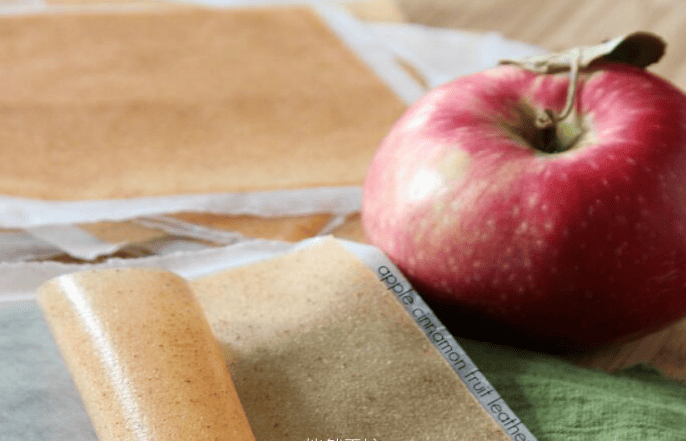
One of the most common fruits used in fruit leather is apples. Apples do not need to be peeled. Clean them thoroughly, remove the core, and cut them into small pieces. Blend it into puree, then boil it until it gets sticky. Spread the puree in the trays, use fruit dehydrator to dehydrating moisture to 12%. Apple fruit leather recipe for reference: Four portions of apples, Quarter part lemon juice, Half water (or apple juice), A small spoonful of sweet wine (optional), One-third sugar, A little cinnamon powder (optional)
How to make watermelon fruit leather?
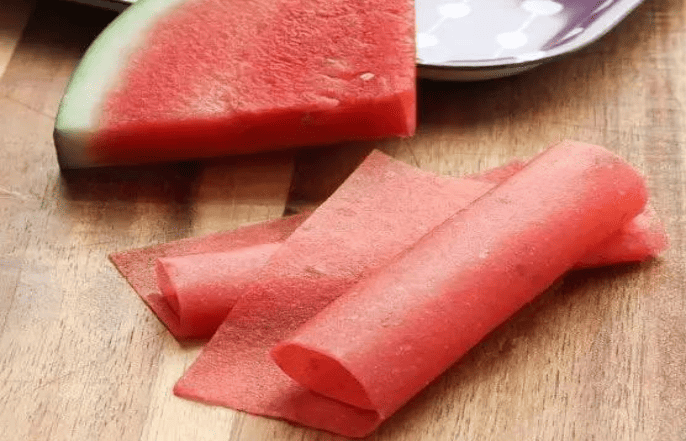
Making fruit leather with watermelons, cut watermelon into cubes, add a spoonful of lemon juice, then blend. the watermelon juice is too thin, need to filter the watermelon puree with a mesh filter, separate the pulp and pure watermelon juice, and then mix the watermelon pulp and sugar. If you feel that the watermelon pulp mixture is too dry during this period, you can add some watermelon juice at any time. Final dehydrating the mixed puree in fruit dehydrator at 60°C for 8 hours to form watermelon fruit leather.
How to make strawberry fruit leather?
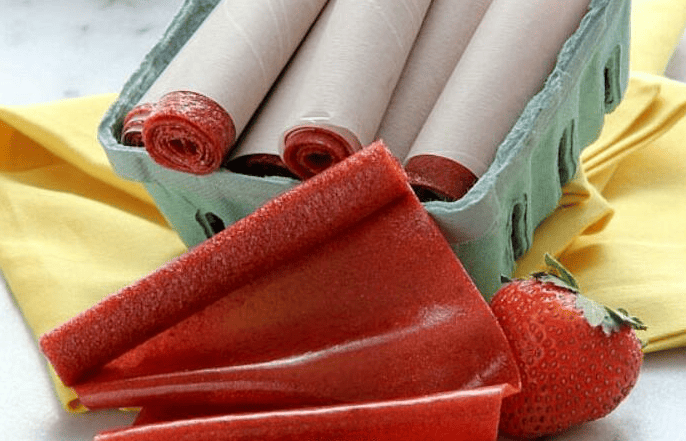
Berries, such as strawberries, raspberries, and blueberries, are also excellent choices for making fruit leather. Bursting with vibrant colors and intense flavors, berries pack a nutritional punch. Their naturally tart taste adds a refreshing twist to the fruit leather. Blend the cleaned strawberry to get puree, smooth the puree evenly, with a thickness of about 0.5-0.7 cm. Place it in the fruit dehydrator and dehydrating at 50 degrees Celsius for about 5-8 hours until it feels slightly sticky but not sticky to hand.

